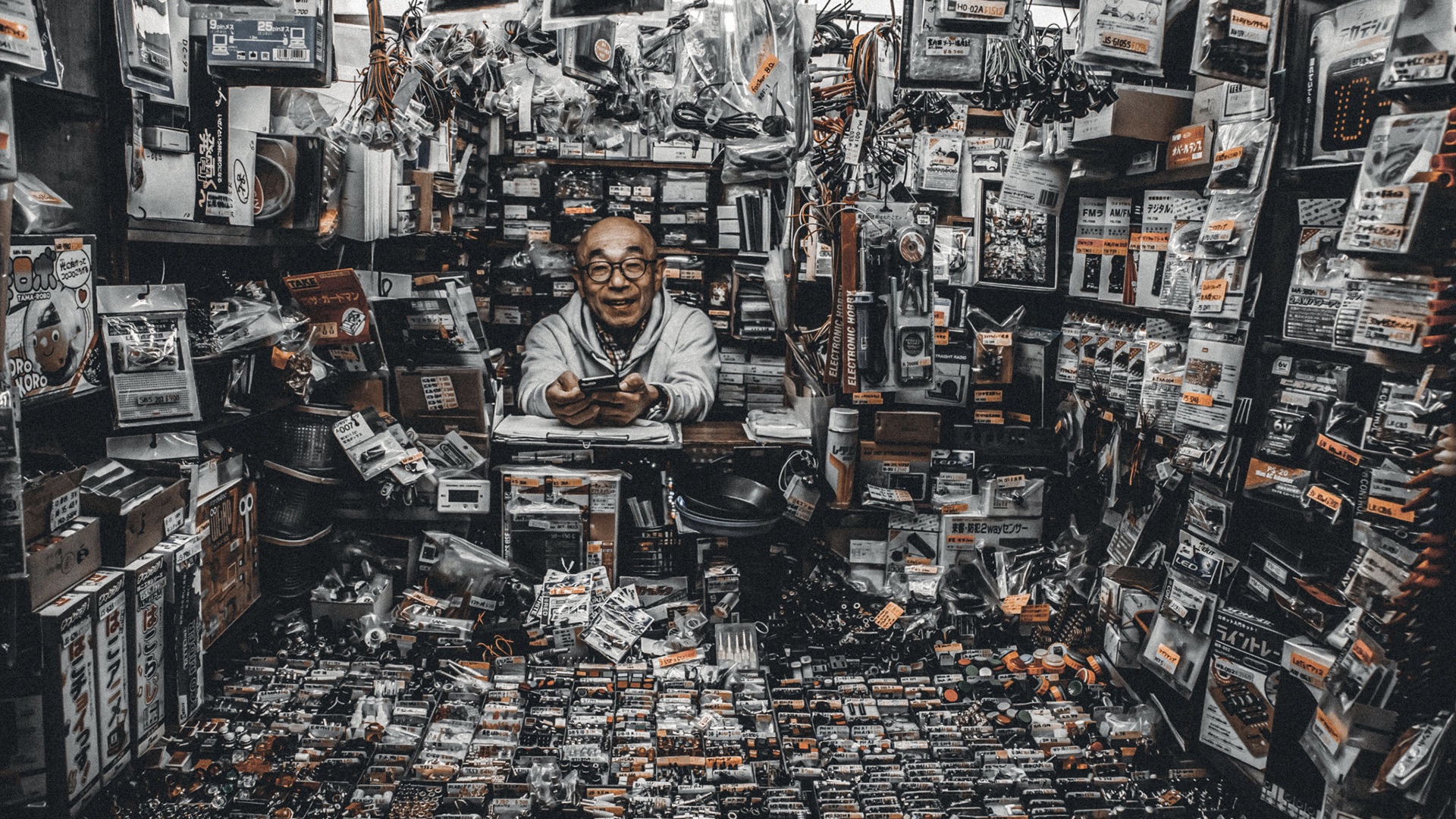Street Photographers - An Overview
Street Photographers - An Overview
Blog Article
The Basic Principles Of Street Photographers
Table of ContentsThe Facts About Street Photographers UncoveredStreet Photographers - An OverviewIndicators on Street Photographers You Should KnowUnknown Facts About Street PhotographersGetting My Street Photographers To Work
A category of photography that records everyday life in a public area. The actual publicness of the setup allows the professional photographer to take candid images of unfamiliar people, frequently without their knowledge. Road professional photographers do not always have a social purpose in mind, however they prefer to separate and record minutes which may otherwise go undetected (Street Photographers).He was affected by many of those that influenced the road photographers of the 1950s and '60s, he was not chiefly interested in recording the spirit of the street. The impulse to aesthetically document people in public started with 19th-century painters such as Edgar Degas, douard Manet, and Henri de Toulouse-Lautrec, who worked side by side with digital photographers attempting to catch the significance of metropolitan life.
In comparison to Atget, professional photographer Charles Marville was hired by the city of Paris to develop an encyclopaedic document of Haussmann's metropolitan preparation project as it unfolded, therefore old and new Paris. While the professional photographers' topic was basically the very same, the outcomes were noticeably various, demonstrating the influence of the photographer's bent on the personality of the images he created.
Provided the fine quality of his pictures and the breadth of material, architects and artists commonly bought Atget's prints to use as recommendation for their very own work, though business passions were hardly his main inspiration. Instead, he was driven to picture every last residue of the Paris he enjoyed. The mingled passion and seriousness of his objective luster through, leading to photos that tell his very own experience of the city, top qualities that prepared for street digital photography of the 20th century.
Fascination About Street Photographers
They disclose the city with his eyes. His job and fundamental understanding of digital photography as an art type worked as ideas to generations of photographers that adhered to. The following generation of road digital photographers, though they likely did not describe themselves as such, was ushered in by the photojournalism of Hungarian-born professional photographer Andr Kertsz.
Unlike his peers, Brassa used a larger-format Voigtlnder electronic camera with a longer direct exposure time, compeling him to be more computed and thoughtful in his method than he might have been if making use of a Leica. (It is believed that he might not have been able to manage a Leica during that time, yet he did, nevertheless, use one in the late 1950s to take colour pictures.) Brassa's photographs of the Paris abyss illuminated by man-made light were a revelation, and the collection of the series that he published, (1933 ), was a significant success.
Cartier-Bresson was a champion of the Leica cam and among the very first professional photographers to optimize its capacities. The Leica allowed the photographer to engage with the surroundings and to capture minutes as they took place. Its relatively little dimension additionally helped the photographer fade right into the background, which was Cartier-Bresson's preferred strategy.
The Ultimate Guide To Street Photographers
It is as a result of this basic understanding of the see this art of photo taking that he is typically credited with uncovering the medium all over once again roughly a century because its innovation. He took photographs for greater than a half century and affected generations of photographers to trust their eye and instinct in the moment.
These are the concerns I shall attempt to address: And afterwards I'll leave you with my very own interpretation of street photography. Yes, we do. Allow's start with specifying what a meaning is: According to (Street Photographers) it is: "The act of defining, or of making something definite, unique, or clear"
No, absolutely not. The term is both restricting and misguiding. Seems like a street photography need to be pictures of a streets ideal?! And all road digital photographers, with the exception of a small number of outright beginners, will fully value that a street is not the vital part to street photography, you can try here and really if it's an image of a road with perhaps a couple of dull individuals not doing anything of interest, that's not road photography that's a picture of a road.
Getting The Street Photographers To Work
He makes a legitimate point don't you assume? While I agree with him I'm not certain "honest public digital photography" will capture on (although I do kind of like the term "honest digital photography") due to the fact that "street digital photography" has been around for a lengthy time, with many masters' names connected to it, so I believe the term is right here to stay (Street Photographers).
Inside?! I hear you yell as you tremble your fist to the skies. Why not? You can shoot at the beach, at an event, in an alley, in a park, in a piazza, in a cafe, at a gallery or click for info art gallery, in a city terminal, at an occasion, on a bridge, under a bridge ...

How Street Photographers can Save You Time, Stress, and Money.

Report this page